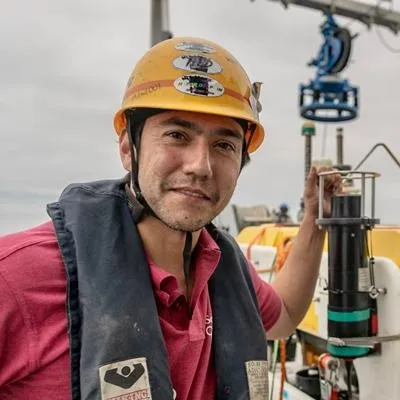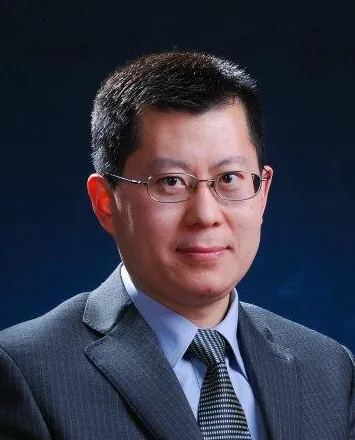About the project
Autonomous underwater vehicles (AUVs) offer an efficient way to perform tasks in remote marine locations. They can be equipped with various sensors and imaging equipment allowing them to, for example, determine water quality and composition at different locations, inspect underwater structures such as pipelines or foundations, and survey unexplored areas of sea floor.
AUVs come in different shapes and sizes. The smallest are under a metre in length, such as those made by ecoSub and Seaber. The small size and low cost of these “micro-AUVs” means they can be deployed in large numbers so that a large number of measurements can be taken in a short time. Their small size however also means that they have limited power and payload-space, so there is a strong requirement that any sensors the micro-AUVS carry are small and low-powered.
Due to these limitations, there are currently no sensors for measuring chemical species (e.g. nitrate, phosphate, dissolved CO2) that are suitable for micro-AUVs. Measuring chemical species is essential for various applications such as monitoring pollution, quantifying ocean acidification from anthropogenic carbon dioxide, and understanding marine ecology. Existing chemical sensors are either too power-hungry or too large for micro-AUVs. Recently, however a new type of microfluidic nitrate sensor was developed in Southampton which is much more economical in terms of power and size that previously reported nitrate sensors. As such it is a perfect potential candidate for use in micro-AUVs.
This project will explore how the sensor can be adapted to a micro-AUV, and more generally look at how chemical sensing can be implemented in small-size autonomous vehicles. In practice this will involve design, fabrication, and optimisation of new mechanical sensor parts (e.g. pumps and valves for sampling and manipulating water, optical flow cells, etc.) mechanical and electronic interfacing with a test AUV (an ecoSub µ5), lab testing of the sensor independent of - and integrated with - the test AUV, and field-testing in a suitable marine environment.
You will work with academics and lab technicians within the University’s School of Engineering, as well as external academic collaborators (e.g. at National Oceanography Centre) and industrial collaborators (ecoSub). The project would be suitable for a candidate with a good undergraduate degree in mechanical engineering, or a similar engineering discipline, and the candidate should be a strong team-player.


